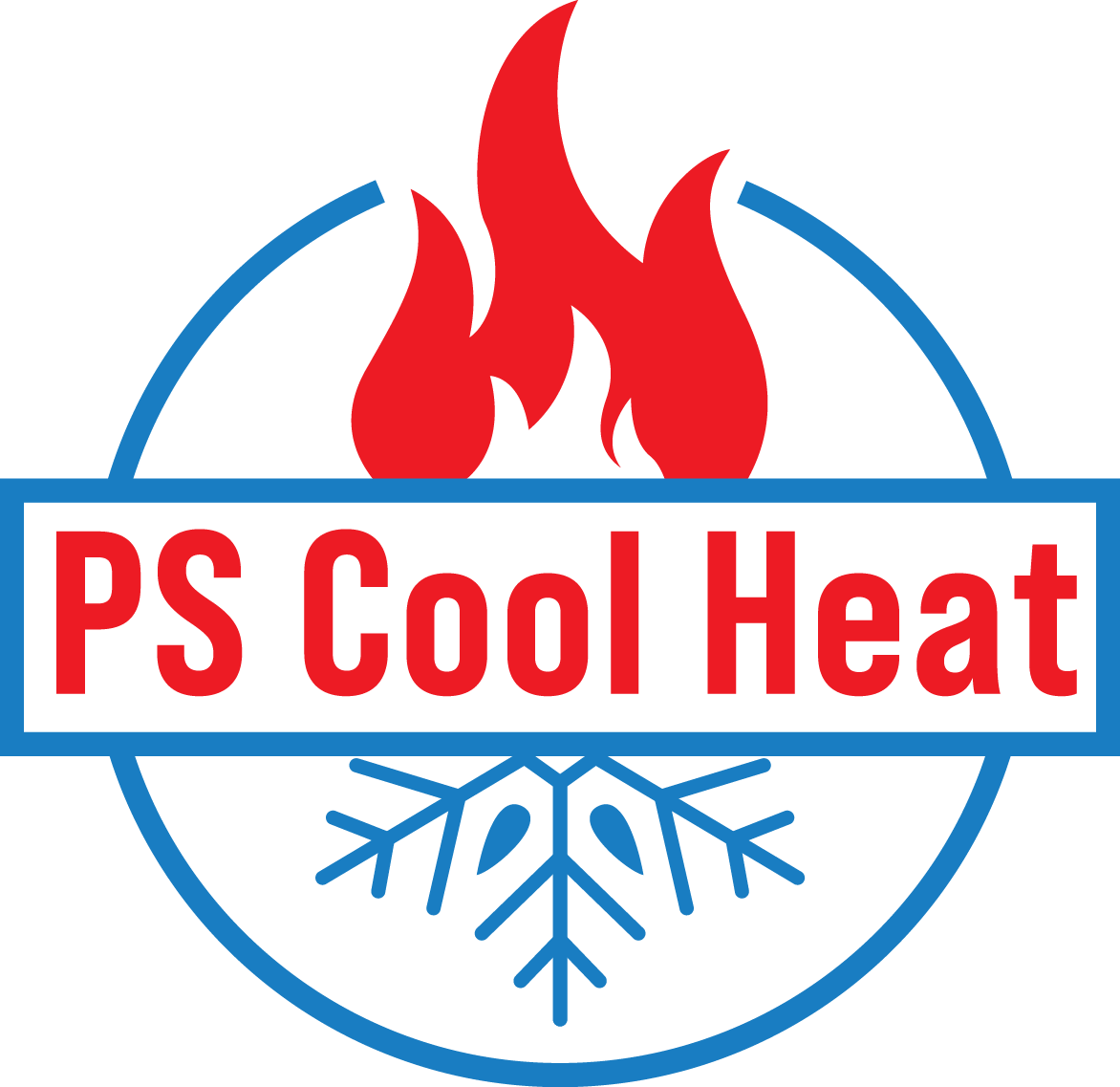
To combat increasing energy expenses and embrace sustainability, many homeowners are trying new methods to maintain comfort levels while using less energy. As part of the Inflation Reduction Act, federal tax credits are available for high efficiency HVAC equipment. These credits offer significant savings, provided that homeowners choose eligible equipment and submit the appropriate form.
If you’re concerned the application process might be tedious, maybe we can help! PS Cool Heat hopes this guide will give you what you need to secure 2024’s HVAC tax credits. Here’s how to make it happen.
Understanding the HVAC Tax Credits
These valuable tax credits for energy-efficient home improvements are just one intended use of the recent Inflation Reduction Act. With the higher cost of energy making an impact, helping more homeowners upgrade their equipment is always beneficial. The key provision of these credits is to help pay for high efficiency HVAC equipment and other projects. Of particular importance are the Residential Clean Energy Credit and the Energy Efficiency Home Improvement Credit.
However, to apply for the credits, you’ll need a completed IRS Form 5695. Additionally, this form needs to be submitted during the same tax year your upgrades were installed, not bought.
Maximizing Savings with the Energy Efficiency Home Improvement Credit
Through 2032, the Energy Efficiency Home Improvement credit empowers homeowners by offsetting up to $3,200 every year for energy-efficient home upgrades. This equals 30% of the total project’s cost. You should be aware that in order to get back the maximum amount, it means making severel investments. For example, you’ll receive up to $2,000 for a new, high-efficiency heat pump. This can be paired with an additional $1,200 in credits for more projects in the tax year.
While heat pumps are a popular option for the tax credit, other HVAC upgrades like efficient furnaces and air conditioners also qualify. You’ll need to confirm that your choice’s energy efficiency rating is high enough for eligibility.
Residential Clean Energy Credit
The Residential Clean Energy Credit offers 30% savings on a wide range of residential clean energy equipment upgrades. Eligibility only applies to homeowners seeking to update existing or newly constructed homes. While the Home Improvement Credit focuses on utilities and HVAC systems, this credit targets renewable energy sources like solar and wind energy.
Some key details of this tax credit include the requirement that installation must occur between 2022 and 2032. But at the same time, homeowners can carry forward excess credit to offset future tax obligations. This is a great way to soften the entry into investing in clean energy.
What Else Is Eligible for These Tax Credits?
Because HVAC systems are one of the major reasons for high energy bills, these tax credits can guide you to the most energy-efficient options. But home energy efficiency can be improved in many other ways. Apart from the previously listed HVAC upgrades, {you could also choose|other eligible items include|you also have access to:
- Energy-saving heat pump water heating systems
- Modern electrical panel improvements
- New electrical wiring
- Insulation, air sealing and ventilation enhancements
- High-efficiency electric stoves, cooktops, ranges or ovens
- Efficient heat pump clothes drying solutions
- High-efficiency water boilers
Like the HVAC systems, you’ll need to check that your chosen products meet the eligible energy efficiency ratings.
Three Tips for Making the Most of 2024 HVAC Tax Credits
While any of these upgrades can boost home energy efficiency, some planning ahead will ensure more long-term benefits. Get the most from your HVAC tax credits with the following three tips:
- Conduct a home energy audit to identify impactful upgrades. Trust experienced HVAC companies to pinpoint essential products and services.
- Enhance your home's envelope by addressing inefficient windows and doors.
- Look into rebates for clean energy projects from utilities. Renewable sources like solar, wind, and geothermal contribute to community power grid sustainability.
- Remember to consider financing plans offered by service providers.
Secure Your 2024 HVAC Credits with Help from PS Cool Heat
Partner with local HVAC professionals like PS Cool Heat for help with home energy audits and new installation projects. Our experienced installers can deliver whatever you need for a more energy-efficient home.
